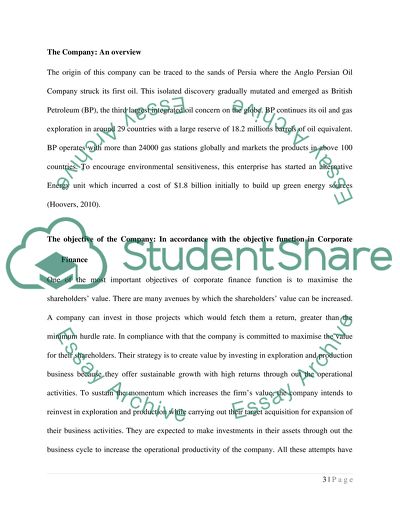Cite this document
(“SHAREHOLDER STRUCTURE AND RISK PROFILE OF BRITISH PETROLEUM PLC Essay”, n.d.)
SHAREHOLDER STRUCTURE AND RISK PROFILE OF BRITISH PETROLEUM PLC Essay. Retrieved from https://studentshare.org/miscellaneous/1563139-shareholder-structure-and-risk-profile-of-british-petroleum-plc
SHAREHOLDER STRUCTURE AND RISK PROFILE OF BRITISH PETROLEUM PLC Essay. Retrieved from https://studentshare.org/miscellaneous/1563139-shareholder-structure-and-risk-profile-of-british-petroleum-plc
(SHAREHOLDER STRUCTURE AND RISK PROFILE OF BRITISH PETROLEUM PLC Essay)
SHAREHOLDER STRUCTURE AND RISK PROFILE OF BRITISH PETROLEUM PLC Essay. https://studentshare.org/miscellaneous/1563139-shareholder-structure-and-risk-profile-of-british-petroleum-plc.
SHAREHOLDER STRUCTURE AND RISK PROFILE OF BRITISH PETROLEUM PLC Essay. https://studentshare.org/miscellaneous/1563139-shareholder-structure-and-risk-profile-of-british-petroleum-plc.
“SHAREHOLDER STRUCTURE AND RISK PROFILE OF BRITISH PETROLEUM PLC Essay”, n.d. https://studentshare.org/miscellaneous/1563139-shareholder-structure-and-risk-profile-of-british-petroleum-plc.


